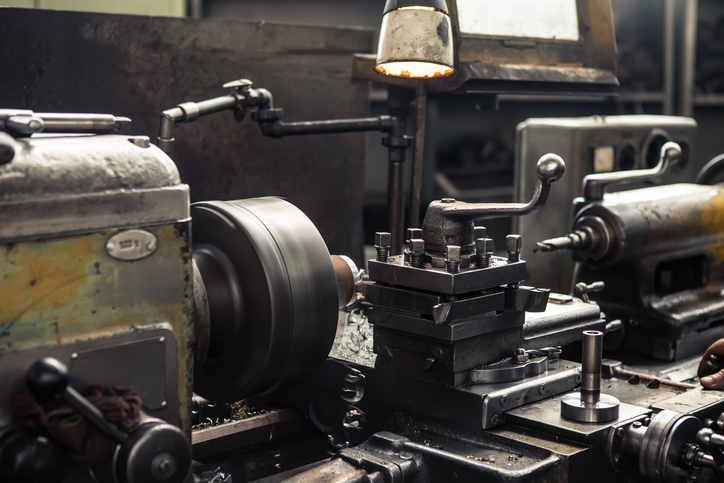Manufacturing has long been a cornerstone of the modern economy, with advances in technology changing the processes and output volume drastically for all sorts of industries from food production to home goods, chemicals and electronics. Where it will go in 2017 and beyond will depend heavily on economic changes, but a look at where it was and where it is now can give us a good idea as to what manufacturing will do in the future.
Manufacturing in the Beginning
Before heavy machinery and automation, manufacturing was done by hand. With no computers to handle each step of the design, production and QA, the responsibilities fell to skilled tradespeople.
- Only the most skilled workers could perform these tasks, slowing production time but keeping demand high.
- Apprenticing was a common way for knowledge to be passed down correctly while maintaining quality, keeping these skill sets fairly small amongst the general population.
- Most of these skilled trades were performed rurally.
Rural manufacturing could only support so many people before it plateaued, so putting-out systems were implemented to centralize a collective of manufacturers under one business hub. The central provider was able to subcontract specific orders to rural manufacturers, spreading the workload among tradespeople and giving those tradespeople a wider customer base. Versatility and the division of labor would be key if the American manufacturing industry were to take off, however.
- Interchangeable parts led to reduced downtime, efficient labor usage and mass production.
- Fixtures, jigs and gauges paved the way for identical parts to be manufactured quickly and correctly before being passed along to less-skilled assembly workers.
Manufacturing Today
With connectivity at our fingertips through the internet, customization of the labor flow and segmentation of the various components of manufacturing is easier than ever. The addition of robotic systems has cut down on labor costs, human error, and lag time between steps in the assembly process.
- Raw materials can be quickly processed at one location, shipped and then manufactured elsewhere.
- Just-in-time and lean manufacturing eliminate waste and reduce flow times.
- Prefabrication saves on time by shipping fully assembled or partially assembled units directly to the site where they will be used.
- Flexible manufacturing systems allow for systems to react in case of predicted or unpredicted changes to workflow.
Manufacturing in the Future?
The continued automation of manufacturing tasks paired with emerging smart technologies such as the Internet of Things signals that streamlining in manufacturing will play an even bigger role in 2017 and beyond. Toll manufacturing could become less of a practice as more facilities process materials and manufacture finished products on site, which is sure to impact logistical networks from resource to refinery to manufacturer and so on.
The evolution of manufacturing has shaped the way we do business, as it’s always factored into what types of services we offer and what sorts of efficiencies we keep in place. Share your thoughts on manufacturing and where it’s headed by leaving a comment for us below.
